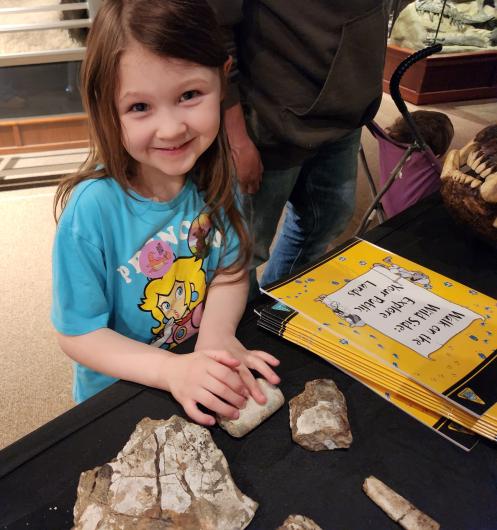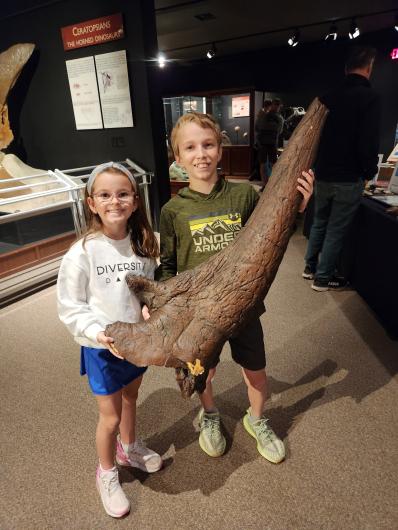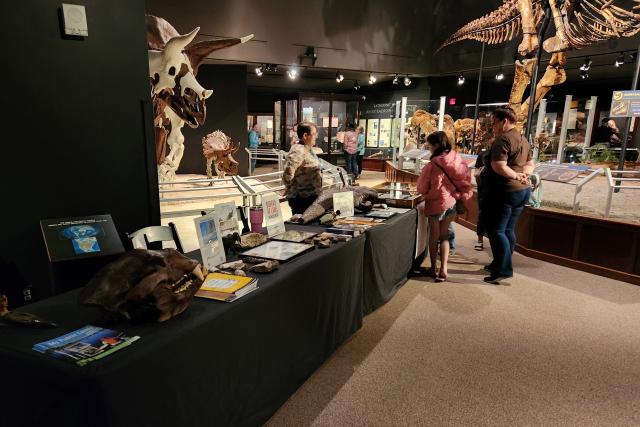Related Stories
- Aerial sagebrush seeding helps restore Robertson Draw Fire burn area
- Veteran fuels module in Rapid City, SD sets a standard for community assistance
- Hi-Line field offices vie for “Coldest Place in America”
- Tackling the Legacy of Orphaned Wells: The Federal Orphaned Well Program in Action
- Secretary Deb Haaland visits with Ancestral Lands Conservation Corps crew working to stabilize Lowry Pueblo
Office
5001 Southgate Drive
Billings, MT 59101
United States
Phone:



